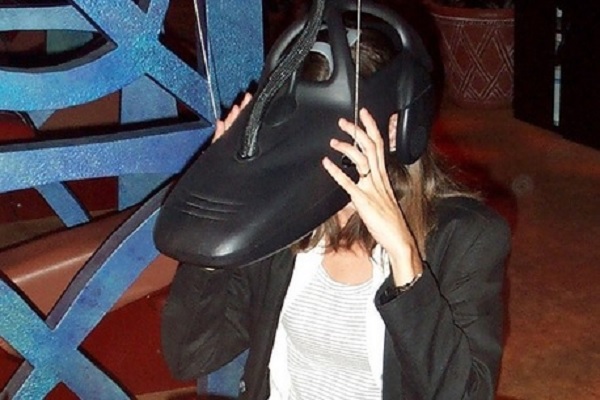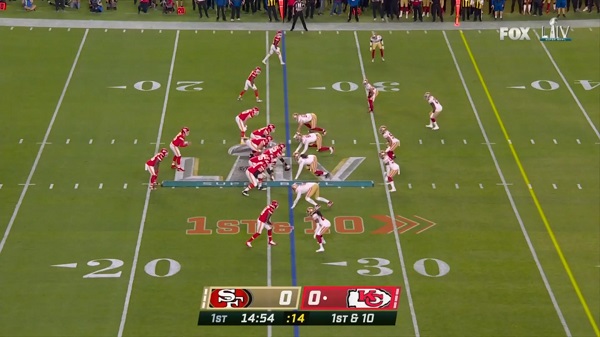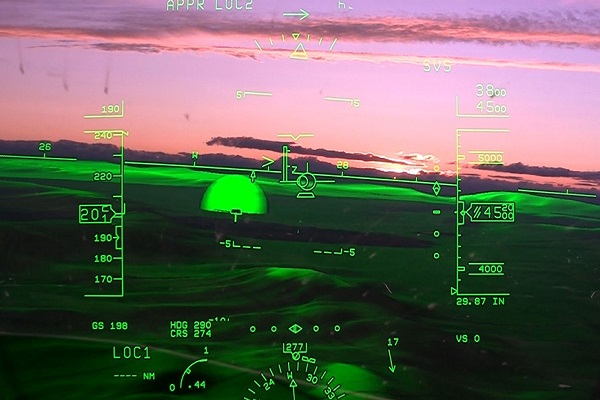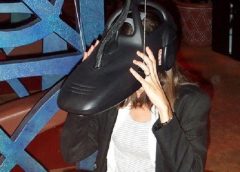
When you read most other VR history articles you would be easily forgiven for thinking VR was practically dead by 1998, but that is not the case at all. Originally opened in 1998, the Orlando, Downtown Disney virtual entertainment facility was one of over twenty facilities planned; however, only a sister site would ever be opened in Chicago and sadly that would close just over a year from opening and that was all that ever opened. But DisneyQuest was going strong and only shut its doors in 2016!
The DisneyQuest project was designed as a way for the Disney brand to reach populations that may not have the chance to travel to its various theme park destinations. It was meant to target large cities and urban areas. Had the project continued, Disney would have had plans to construct locations in many major cities in the United States, like Philadelphia and Baltimore.
Also in this year Windows 98 was unleashed onto the world. At the time, Microsoft was a very different company, with Bill Gates still CEO – he didn’t hand over the reins to Steve Ballmer until the year 2000. Broadly speaking, Windows 98 was well-received at the time it was released and it represented a giant stepping stone in home-PC use, followed by a second step with Windows 98 SE – the substantially tweaked Second Edition of the OS – which truly shaped and refined what Windows 95 started. With Windows 95, we received a recognizably modern OS, but with Windows 98, Microsoft delivered a recognizably modern OS that was polished enough to be truly worth taking note of. It would go on to spawn many new VR developments and without the success of Windows 98 there might not be half as many bedroom developers working on VR games and apps today.

Augmented reality also had a good year with a Sportsvision broadcasting the first live NFL game with the yellow yard marker (a yellow line overlayed on top of the live camera feed). It was a game-changer, and the idea of overlaying graphics over the real-world view quickly spread to other sports broadcasting and is still in use today (only a lot fancier than a humble yellow line).

Augmented reality was first used for navigation in NASA’s X-38 Spacecraft. This was the first time NASA had successfully implemented augmented reality. It used an AR mechanism to overlay map data to enhance the visual navigation in the flight testing period. The digital data was displayed right on the pilot’s screen and helped to provide better navigation. Accessible, real-time data allowed for better, faster decisions to be made and a much more reliable mission as a whole. This in turn saved a lot of money for NASA who at the time was struggling financially.
So VR wasn’t gone at all and was often being used in therapy settings as well as growing quite nicely into the education sector. One large survey at the time attempted to answer questions about the use and effectiveness of virtual reality in kindergarten through grade 12 education. They discover that there was unique capabilities of virtual reality and the majority of uses included aspects of constructivist learning, especially for special needs students. The students showed significant improvement in memory retention while using various VR systems for educational purposes. If only VR could become more affordable at the time the study suggested virtual reality should be rolled out into more schools and educational settings. But that was not going to happen for many years yet.
And so we go onto the final year of the ’90s and what many consider to be the final death of virtual reality (the first wave of it anyway). But as we will soon find out VR went nowhere, it just stayed in the shadows of peoples lives.


